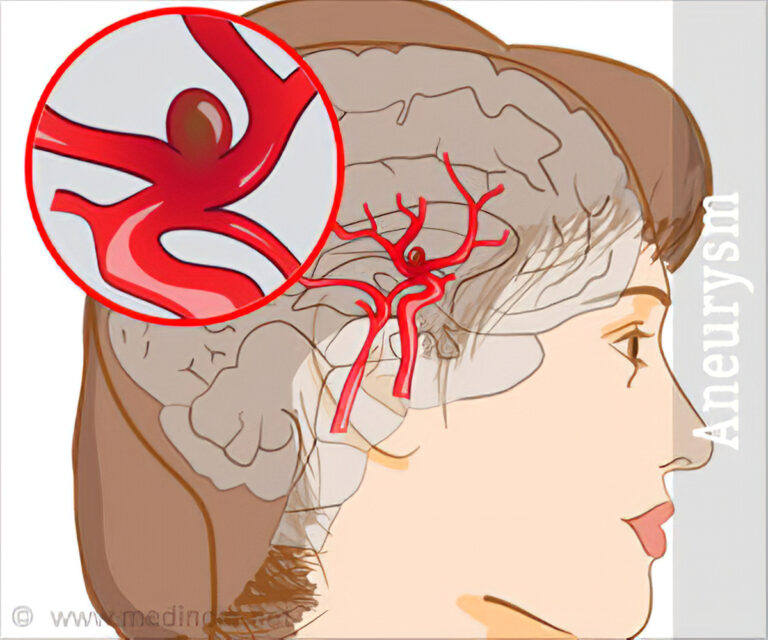All About Aortic Aneurysm
Author: Shiela Lupiba
Shiela Lupiba
Category: Health
What is Aortic Aneurysm?
Aortic Aneurysm is a bump which is like a balloon-size shape, located in the aorta. Aorta is the large artery in the human body. Its main purpose is to carry blood away from your heart to the rest of your body. When the walls of Aorta is already starting to weaken, it allows a section that causes a bulge, this will now lead to this kind of illness.
They may start in and involve in the aortic root which now includes the aortic valve, descending aorta, or aortic arch. These will now stretch all the way down to the vessels in the legs.
In addition, there are simple and complicated aorta problems. Simple aorta problems include aneurysms in the lower part of the aorta. This will which can be treated with minimally invasive techniques. Complicates aorta problems can involve multiple levels of the aorta as well as the heart.
This is what Aorta looks like:

Types
- Thoracic Aortic Aneurysm
It is the section of the aorta that runs through the chest. This is a serious health risk because, depending on its location and size, it may rupture or dissect, which will cause a life-threatening internal bleeding. In addition, repairing a thoracic aortic aneurysm with surgery or other less invasive techniques is possible when detected in time.
Causes
Atherosclerosis, a hardening of the arteries that damages the artery’s walls, can most often cause Aortic Aneurysm. Atherosclerosis usually develops while your arteries are normally smooth on the inside, as you age. It will then lead to a presence of a sticky substance called atheromatous plaque which builds up in the walls of the arteries. These will then excess plaque which causes the aorta to get stiff and weak.
These are the factors that can be a big risk for Atherosclerosis:
- Smokes
- Has a high blood pressure
- Has a high cholesterol
- Is overweight
-
Has a family history of cardiovascular or peripheral vascular disease
-
Abdominal Aortic Aneurysm
It is the enlargement of the lower part of the aorta that extends through the abdominal area. It is a major health risk that may not have related symptoms until a life-threatening event occurs, such as aneurysm rupture. There is a preventive screening called Abdominal Ultrasound which identifies an abdominal aortic aneurysm in order to provide a prompt treatment prior to aneurysm rupture.
These are the factors that can be a big risk:
- Has an infection
- Has an injury
- High cholesterol
- Heredity
- Has an arteriosclerosis
Symptoms of Aortic Aneurysm
The main symptoms are severe chest, back or abdominal pain. In patients who do not know that they have aneurysm, it can be a bit difficult to sort out what the actual problem is.
The symptoms can often be confuse for a heart attack, ulcer pain or other abdominal conditions, pulmonary embolisms or blood clots in the lungs. It is only when a CAT scan is done that the actual diagnosis can be made.
Symptoms for Thoracic Aortic Aneurysm includes:
- Pain in the jaw, neck, upper back or chest
- Coughing, hoarseness or difficulty breathing
Symptoms for Abdominal Aortic Aneurysm includes:
- When the physician feels pulsating enlargement or tender mass when performing a physical examination
- Pain in the back, abdomen, or groin not relieved with position change or pain medication
Treatment
These are the departments that treats this condition:
- Cardiovascular Medicine
- Cardiovascular Surgery
- Pediatric Cardiac Surgery
- Radiology
- Vascular and Endovascular Surgery
- Vascular Centers














